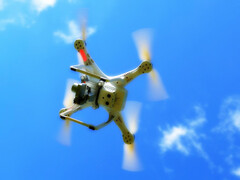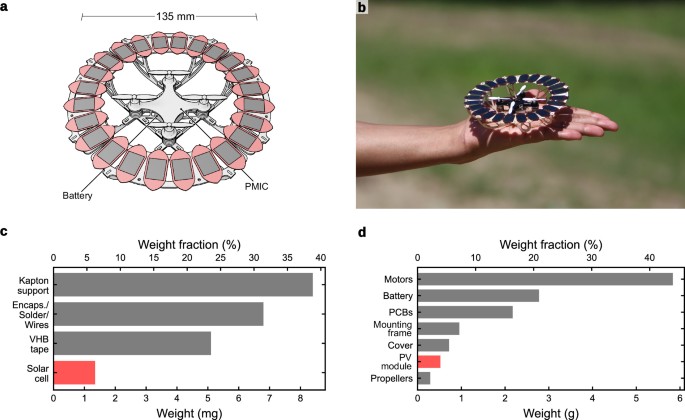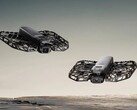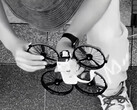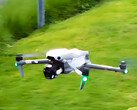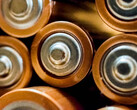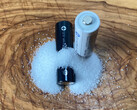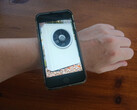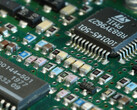Researchers at the University of Linz, Austria, have developed solar cells that, at less than 2.5 micrometers, are 40 times thinner than a sheet of paper. They use the promising perovskite modules, which are currently still struggling with their longevity.
This ultra-thin film is then applied to a polymer that is additionally coated with aluminum oxide. This hardly increases the thickness, but protects the module against external influences for practical use.
And that the solar cells work, even outside a laboratory, should be impressively demonstrated. An otherwise battery-powered drone with four rotors was used for this purpose.
A total of 24 individual modules, each one square centimeter in size, were mounted on the small aircraft. In this way, the energy of the sunlight is sufficient to drive the rotors and allow the drone to take off.
Because each of the cells weighs just under 1 milligram, the proportion of the total weight is well below 1 percent. There are also electronics and mounting material, but even then the proportion remains below 5 percent.
The technical data is also very convincing in other respects. The efficiency is said to be just under 20 percent, i.e. in the range of a standard solar module. The supplied voltage of 1.15 volts allows numerous possible uses, see the drone.
The most remarkable aspect is of course the power in relation to the weight. This is a maximum of 44 watts per gram. A comparison with commercially available solar cells for balconies or roofs shows just how much this is. These achieve around 0.03 watts per gram. At the University of Linz, more than a thousand times of this was achieved.
So there is a good chance that solar power will soon be even easier to generate, and not just for gadgets.


